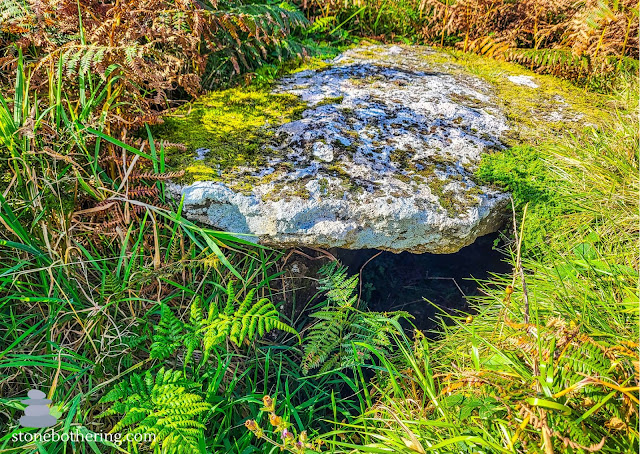The Bowl Rock: A Legendary Giant's Plaything in Cornwall
.jpg)
Nestled amidst the rolling hills and charming villages of Cornwall lies the intriguing Bowl Rock. This massive, granite boulder is more than just a natural wonder; it's imbued with the whimsical tales of giants that once roamed the land. A Giant's Bowling Ball? Standing proudly at the foot of Trencrom Hill, Bowl Rock's smooth, rounded form is almost too perfect to be entirely natural. Local folklore whispers of a time when giants dwelled on Trencrom. These giants, with their insatiable appetite for competition, apparently enjoyed a rather boisterous game of bowls. Bowl Rock, according to legend, is one of their well-used bowling balls, left behind after a particularly enthusiastic round. A plaque near the rock, maintained by the National Trust, reinforces this fantastical story. It playfully acknowledges the local legend, adding a touch of charm to the historical significance of the site. More Than Just a Myth While the giant's bowling game might be a delightful legend,...


.jpg)



.jpg)
.jpg)